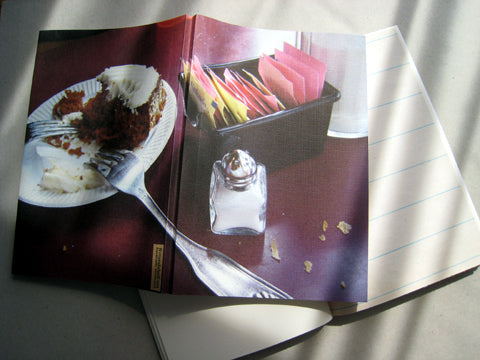Modern Guilt

Here's my song-by-song impressions of Beck's latest album, Modern Guilt, gathered from my recent Twitter postings:
1. "Orphans" - The first thing you notice is the super cranked bass. Steady beat, total rock throwback. Sure sets the tone for what's ahead.
2. "Gamma Ray" - Shag-a-delic 60's dance party, YEAH, baby! The bass line rocks, and the inverted-sounding vocals are trippy. Nice touch.
3. "Chemtrails" - This song was streamable on Beck's site before the album was official. It starts chill, rocks your face, and finishes great.
4. "Modern Guilt" - The title track is bouncy and ironically dark. It's an excellent blend of retro with a touch of electro-pop.
5. "Youthless" - Starts similarly to "We Dance Alone" form the last album, but distinguishes itself less than a minute in. Driving and intense.
6. "Walls" - Danger Mouse seems to have more of a hand in this track, but to good ends. Interesting layers and scattered percussion.
7. "Replica" - Frenetic processed drums kick into a song that feels more like Amnesiac-era Radiohead with Beck singing. Trippy, and awesome.
8. "Soul Of A Man" - Straightforward in-your-face rock with Beck's touches of noise throughout. Meh. Not great, but at 2:30, tolerable.
9. "Profanity Prayers" - Vocals and guitar nearly indistinguishable at first, but in a cool way. Nice riffs with a nice interlude near the end.
10. "Volcano" - Beck slows it down for the end of the album with some pounding melancholy. What a great outgoing song.
This may be the first major-label Beck album with no "secret" track at the end (though I don't own Mellow Gold, so I'm not sure)...I was kinda surprised by that.
And after all that, a final word:
I have to say that after The Information I was a bit worried that Beck may have lost his edge. There were some cool tracks on that album, but it didn't hold up well next to the rest of his catalog. I'm happy to report that with Modern Guilt Beck's tunes are fresh and excellent with a retro flourish. I'll be spinning this puppy for a while, and I can only imagine what lies ahead now that his contract with Geffen is over...








